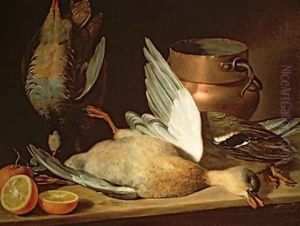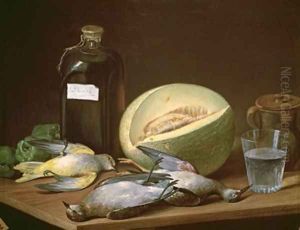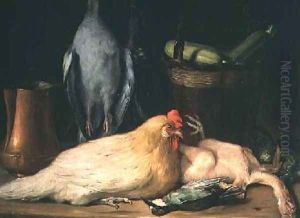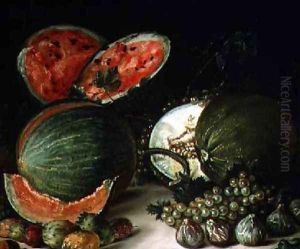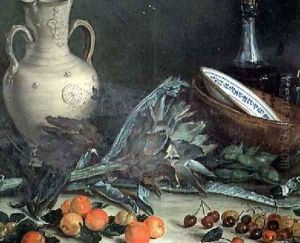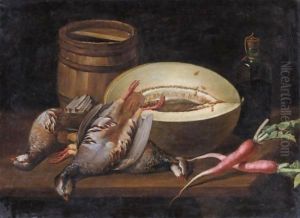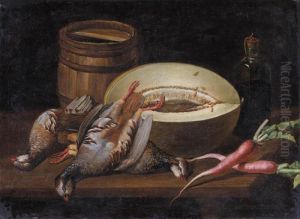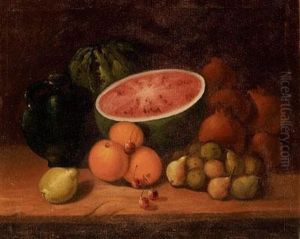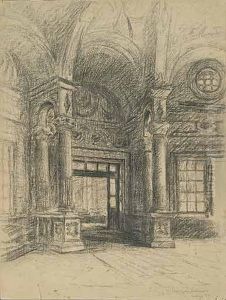Jose Lopez-Enguidanos Paintings
Jose Lopez-Enguidanos was a Spanish painter and engraver born in 1747 in the city of Valencia, Spain. He lived during a period in which Spanish art was beginning to experience the influences of Neoclassicism, transitioning from the elaborate and dramatic Rococo style that had been popular during the earlier part of the 18th century. Enguidanos is not as widely recognized as some of his contemporaries, such as Francisco Goya, but he contributed to the tapestry of Spanish art in his own right, particularly through his work as an engraver.
Enguidanos received his artistic training at the Real Academia de Bellas Artes de San Carlos in Valencia, which was a significant institution in promoting the Neoclassical style in Spain. His skills as an engraver were honed under the guidance of Manuel Monfort, who was one of the prominent engravers of the time. Enguidanos developed a meticulous style, with a clear focus on detail and precision, which was well suited to the Neoclassical aesthetic that emphasized clarity, order, and harmony.
Throughout his career, Enguidanos worked on various projects including religious themes, which were typical for the era due to the strong influence of the Catholic Church on Spanish culture. He also produced portraits and historical scenes. His engravings often reflected the changing tastes of the period, as the Neoclassical ideals of simplicity and antiquity began to take hold in Spain.
Enguidanos' works were primarily known within Spain, and he contributed to the diffusion of Neoclassical aesthetics in the Spanish provinces through his engravings, which were more easily disseminated than paintings. He was part of the intellectual and artistic circles of his time, and his work reflects the broader cultural trends that were moving across Europe, including a renewed interest in the classical past of Greece and Rome.
Jose Lopez-Enguidanos passed away in 1820, having witnessed a time of significant political and social upheaval in Spain, including the Peninsular War and the shifting fortunes of the Spanish monarchy. Despite the turbulence of the era, he managed to leave behind a body of work that, while not as celebrated as some of his peers, contributes to our understanding of the artistic transitions of late 18th and early 19th century Spain.
